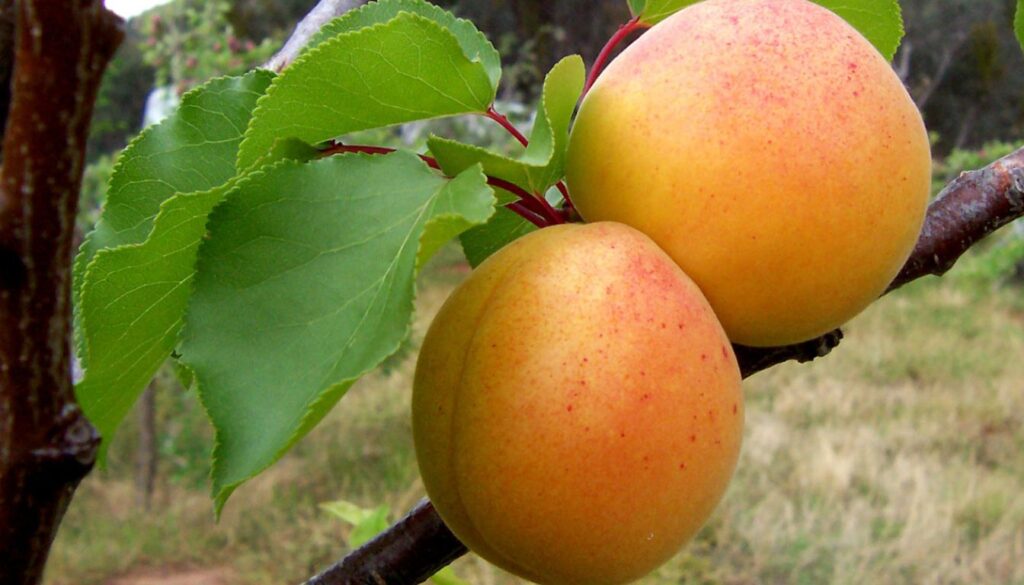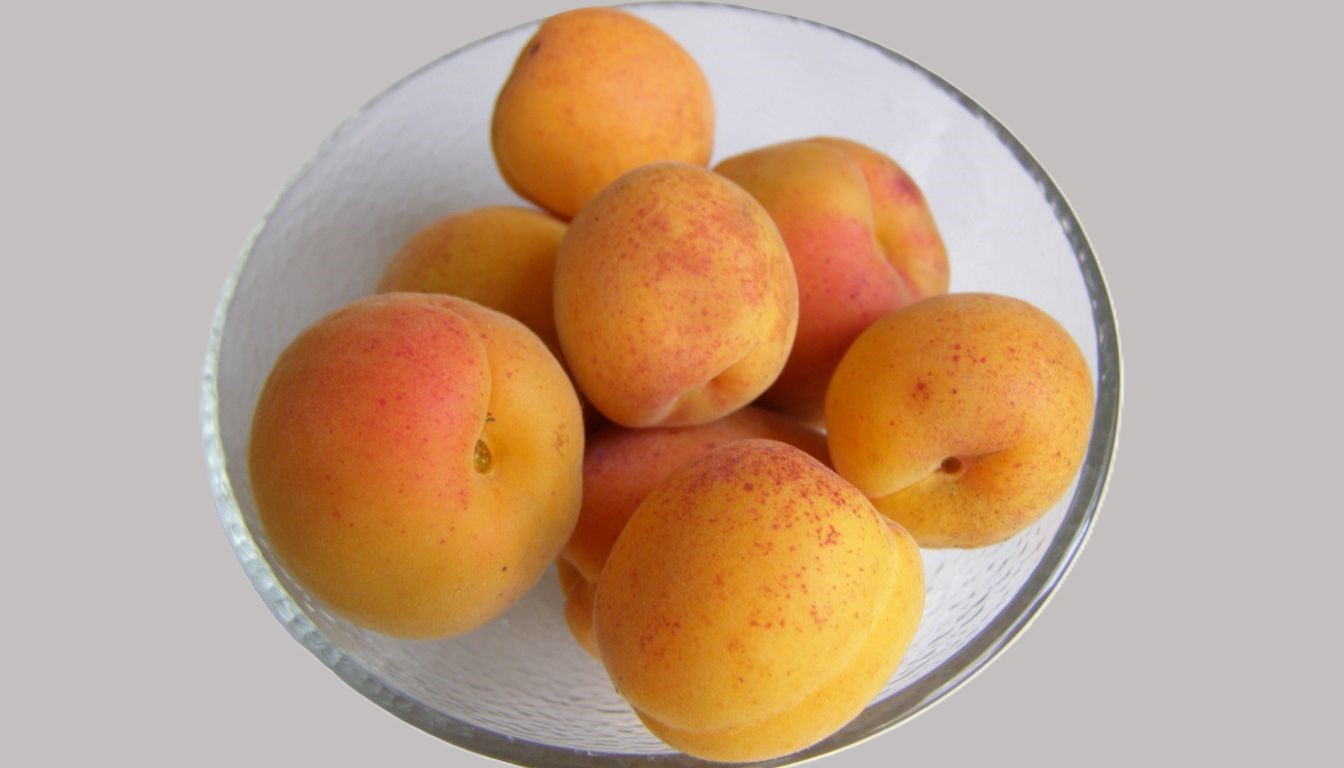If you’ve never tasted an Armenian plum, you’re missing out on a delightful experience that bursts with flavor. These vibrant fruits, known for their golden-orange hue and juicy sweetness, are a hidden gem in the world of produce. I can’t help but rave about their unique taste and versatility, making them perfect for everything from snacking to gourmet dishes.
Overview of Armenian Plum
Armenian plums, also known as apricots (Prunus armeniaca), stand out with their golden-orange skin and deliciously sweet flesh. Their flavor is often described as a perfect blend of tart and sweet, making them a favorite for many. These apricots are not just tasty; they’re also versatile. I often enjoy them as a healthy snack, straight off the tree.
You can also use Armenian apricots in various dishes. They work well in salads, desserts, and preserves. Imagine a fresh apricot tart or a tangy apricot sauce to complement roasted meats. These ideas always get my taste buds excited. Many people appreciate how easy these apricots are to incorporate into different recipes.
Nutritionally, Armenian apricots pack a punch. They contain vitamins C and K, along with fiber that aids in digestion. These benefits make them a smart choice for adding to your diet. When I eat Armenian apricots, I feel good about my snack choices.
Additionally, Armenian apricot trees thrive in warm climates. They appreciate plenty of sunlight and well-drained soil. With proper care, they produce abundant fruit each season. I’ve seen trees loaded with plump, juicy fruit, creating a beautiful summer sight.
In short, Armenian apricots are delightful fruits that bring joy to my meals, making them a staple in my kitchen.
Nutritional Benefits
Armenian apricots pack a punch with their impressive nutritional profile. They’re not just tasty; they’re also health boosters.
Vitamins and Minerals – Armenian Plums: Sweet, Healthy, and Versatile Delights
These apricots shine with high levels of vitamin C and vitamin K. Vitamin C supports my immune system, while vitamin K plays a crucial role in bone health. Armenian apricots also provide potassium, essential for heart health and proper muscle function. A serving of these apricots can enhance my daily intake of these vital nutrients. Convincingly, incorporating them into my diet makes sense.
Antioxidant Properties
Armenian apricots excel in antioxidant content. Antioxidants combat free radicals, helping to reduce oxidative stress. This means enjoying these juicy fruits can support my body’s defense systems. They contain phenolic compounds that may protect against certain diseases. A little fruit, a lot of benefits, what’s not to love? Eating Armenian apricots continues to prove a delightful step toward better health.
Culinary Uses of Armenian Plum

Armenian apricots offer a range of culinary possibilities, elevating meals with their unique flavor. Their sweet-tart taste makes them a versatile choice in various dishes.
Fresh Consumption – Armenian Plums: Sweet, Healthy, and Versatile Delights
Enjoying Armenian apricots fresh is a delightful experience. I often grab a few right off the tree. Their juicy flesh and vibrant color make a refreshing snack. Slicing them into salads adds flavor and a pop of color. I also like pairing them with cheese for a fun appetizer. They provide a sweet contrast to savory flavors and make the perfect finger food.
Cooking and Baking
When it comes to cooking, Armenian apricots shine in both savory and sweet recipes. I love using them in sauces for grilled meats; they add a tangy richness that complements the dish. Baking apricots into pastries creates a delicious dessert. Their natural sweetness enhances crumbles and tarts, turning a simple recipe into something special. I often incorporate them into jams; they spread joy on breakfast toast. Their versatility truly shines in the kitchen, allowing for creativity in every dish.
Growing Armenian Plum
Growing Armenian apricots offers a rewarding experience for gardeners. These beautiful trees provide sweet and juicy fruit, perfect for snacks and dishes alike.
Ideal Growing Conditions – Armenian Plums: Sweet, Healthy, and Versatile Delights
Armenian apricots thrive in warm climates with plenty of sunlight. Full sun exposure for at least six hours daily promotes healthy growth. Well-drained soil keeps the roots happy and prevents root rot. Aim for slightly acidic to neutral soil pH levels between 6.0 and 7.0. Additionally, regular watering supports growth, especially during dry spells. Fertilizing each spring with a balanced fertilizer encourages robust fruit production. Trust me, a little attention goes a long way.
Common Pests and Diseases
Armenian apricot trees face a few pests and diseases. Aphids often feast on leaves, sucking sap and causing stress. Regular inspection can catch these pests early. Applying insecticidal soap effectively manages minor infestations. Brown rot, a fungal disease, appears during warm and wet conditions. Avoid overwatering and ensure good air circulation to prevent it. If you spot symptoms, crop rotation and removing infected fruit help protect the rest of the harvest. With a bit of vigilance, you can keep your apricot trees healthy and productive.
Cultural Significance – Armenian Plums: Sweet, Healthy, and Versatile Delights
Armenian apricots hold a special place in Armenian culture and traditions. Their golden-orange skins and sweet flavors evoke memories of family gatherings and home-cooked meals. Many Armenians cherish these apricots, celebrating them as symbols of harvest and abundance.
Cooking with Armenian apricots creates a sense of nostalgia. Recipes passed down through generations often feature this fruit in desserts like apricot dumplings or jams. Each bite tells a story of family and tradition, connecting the past with the present.
In addition to their culinary contributions, Armenian apricots play a role in social gatherings. They often appear during festivities, adding a touch of sweetness to celebrations. Sharing dishes made from these apricots fosters connection among friends and family.
These apricots also represent resilience. Armenian culture emphasizes the importance of agriculture, and apricot trees thrive in the region’s warm climate. Their ability to thrive despite challenges reflects the spirit of the Armenian people.
Caring for Armenian apricot trees can be a rewarding experience. Each season brings the promise of fruit, a reminder of nature’s cycles. Many gardeners take pride in nurturing these trees, knowing that their efforts yield not just food, but also joy and connection.
Before You Go – Armenian Plums: Sweet, Healthy, and Versatile Delights

Armenian plums, also known as apricots (Prunus armeniaca), are truly a treasure worth exploring. Their unique flavor and versatility make them a delightful addition to any meal or snack. Whether enjoyed fresh or cooked, they bring a burst of sweetness and nutrition that’s hard to resist.
Growing Armenian apricot trees offers not just delicious fruit but also a connection to nature and tradition. The joy of nurturing these trees and sharing their bounty with loved ones is an experience that enriches life.
Incorporating Armenian apricots into my diet has been a rewarding journey, and I encourage you to discover their benefits and flavors for yourself.
Don’t forget to add theherbprof.com homepage to your favourites so you don’t miss out on future articles.
References – Armenian Plums: Sweet, Healthy, and Versatile Delights
Little Herb Encyclopedia, by Jack Ritchason; N.D., Woodland Publishing Incorporated, 1995
The Ultimate Healing System, Course Manual, Copyright 1985, Don Lepore
Planetary Herbology, Michael Tierra, C.A., N.D., Lotus Press, 1988
Handbook of Medicinal Herbs, by James A. Duke, Pub. CRP Second Edition 2007
The Complete Medicinal Herbal, by Penelope Ody, Published by Dorling Kindersley
Check the Following Article
Caring for Potted Chrysanthemums: A Complete Guide
Grow Alfalfa Hay: Essential Tips to Boost Farm Productivity
Health Benefits of Medicinal Ghee in Everyday Cooking
10 Essential DIY Gardening Tools You Can Make at Home
Frequently Asked Questions – Armenian Plums: Sweet, Healthy, and Versatile Delights
What are Armenian plums?
Armenian plums, commonly known as apricots, are golden-orange fruits with a juicy sweetness and a balanced tart flavor. Their vibrant taste and versatility make them popular for snacking and various culinary uses.
What nutritional benefits do Armenian plums offer?
Armenian apricots are rich in vitamins C and K, as well as fiber and potassium. These nutrients support the immune system, bone health, heart health, and muscle function, making them a nutritious snack choice.
How can Armenian plums be used in cooking?
Armenian apricots are versatile and can be enjoyed fresh in salads or cooked in desserts, sauces, and preserves. They add a delightful sweetness to both savory and sweet recipes, enhancing various dishes.
What conditions are ideal for growing Armenian plums?
To thrive, Armenian apricot trees need full sun exposure, well-drained soil, and regular watering. Fertilizing each spring promotes healthy fruit production, ensuring abundant yields.
How can I manage pests on Armenian plum trees?
Common pests like aphids and diseases such as brown rot can affect Armenian apricot trees. Effective management strategies include regular monitoring, proper sanitation, and the use of organic pest control methods to keep trees healthy.
What is the cultural significance of Armenian plums?
Armenian apricots hold a special place in Armenian culture, symbolizing harvest, abundance, and family gatherings. They are featured in traditional recipes passed down through generations, fostering connection and nostalgia among families.

